The risk of extreme climate-related disasters is expected to increase further due to climate change. Severe impacts of climate change on nature and society have already been observed globally and locally. Thus, taking steps toward adaptation is crucial to mitigate and avoid such impacts.
The Asia-Pacific Climate Change Adaptation Information Platform (AP-PLAT) welcomes potential collaboration for improvements suggested by PEMSEA, including implementing pilot projects among the PEMSEA network to link scientific information to planning, thereby managing climate change adaptation, disaster response and preparedness at the local level. The first step is to identify potential areas of collaborative action, by understanding the working areas and frameworks of both AP-PLAT and PEMSEA. This can help to avoid overlap or duplication. A co-learning and co-developing approach are helpful to tailor or fine-tune capacity development programmes to address the real needs of local communities.
On 25 October 2021, the Institute for Global Environmental Strategies (IGES), in collaboration with the Ministry of the Environment Japan (MOEJ), the Centre for Climate Change Adaptation (CCCA), Arafura and Timor Seas Ecosystem Action Phase II (ATSEA-2) Programme and PEMSEA hosted a session titled ‘Making Asia-Pacific Resilient to Climate Change: The Effort and Perspective of the Asia-Pacific Climate Change Adaptation Information Platform (AP-PLAT)’, as part of the East Asia Sea Congress 2021. Casandra Tania, Regional Biodiversity Specialist at the ATSEA-2 Programme, was one of the speakers to present the climate change vulnerability assessment in the Arafura and Timor Seas (ATS) region.
This event highlighted the latest scientific findings and capacity-building content provided by AP-PLAT, which will be useful for making the region more resilient to climate change – especially in the Asian basins and coastal areas covered by PEMSEA. It also addressed how synergy can be achieved through the AP-PLAT and PEMSEA partnership, as well as the role of IGES as the PEMSEA Regional Centre of Excellence (RCoE) in Climate Change Adaptation and Disaster Risk Reduction and the promotion of capacity-building activities in AP-PLAT.
The panels underscored a significant gap in international capacity development efforts and the needs of local stakeholders, including local communities. Local stakeholders have unique priorities and are situated on a different stage; in other words, there is no one-size-fits-all solution – tailor-made data sets, knowledge and tools should be accessible. Future capacity building needs to consider not only the transfer of knowledge and tools, but also the integration of the entire solution package, including financial access for local communities on the frontline of climate change impacts.
This event aims at understanding the current and future challenges caused by climate change in the Asia-Pacific; introducing useful scientific tools available in AP-PLAT website and how those tools are used for the development of adaptation measures in the region; introducing some of the latest online capacity development contents available in AP-PLAT, such as encountering compound risks, and understanding ISO standard related to climate change adaptation; and discussing the opportunities of building partnership between AP-PLAT and PEMSEA, as well as the role of IGES as the RCoE and the promoter of capacity building activities in AP-PLAT.
The Asia-Pacific Climate Change Adaptation Information Platform (AP-PLAT) was established at the G20 summit in 2018 in Japan with the vision of nurturing countries in the Asia-Pacific Region to build climate-resilient and sustainable society through science-based climate adaptation strategies and measures, risk-informed decision making, and pragmatic capacity building. The mission of AP-PLAT is to provide an enabling environment for climate-risk informed decision making and bankable adaptation actions through synchronizing and harnessing best available existing efforts on climate adaptation among partner countries and organizations.
ATSEA-2 is the second phase of the Arafura & Timor Seas Ecosystem Action (ATSEA) programme; a regional partnership involving the Governments of Indonesia, Timor-Leste and Papua New Guinea, with the support of the Australian Government. Its objective is to collectively manage high marine and fisheries resources in the Arafura and Timor Seas (ATS) region. Since its inception in 2019, the programme has been working to promote sustainable development in the ATS region and improve the quality of life of its inhabitants through a combination of restoration, conservation and sustainable management of marine- coastal ecosystems. The ATS is an area of high productivity in the region and ATSEA-2 is committed to safeguarding the livelihoods and prosperity of coastal people, particularly in its transboundary areas, through the implementation of sustainable integrated concepts.


